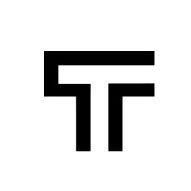How can we help?
Overview and terminology
Before going into more technical details, here is a list of terms we use when working with Trudon.
Project
All details of your product testing (test-suites, dashboard, smart runs, integrations and settings, etc.) are stored in one project. It’s basically a container for all the information stored for one product.
Test Suite
It is just like a list of tests reunited under one execution status. Test suites result in job sets, i.e. every run of that test suite. When looking at your test suites, the right part of the screen will have an execution status, which can be: passed, failed or running.
Test
A test is a set of actions executed to verify a particular feature or functionality of your product. You can either record the list of steps with our browser extension, or add them from scratch. You have the possibility of editing the steps and running the test.
Some tests have prerequisites or need some cleanup afterwards. We call these hooks: pre-hook and post-hook.
A pre-hook test runs immediately before each test within that test suite, usually used for authentications or other actions that should be executed before each test.
Post-hook tests run immediately after each test within that test suite, and is usually used for tasks such as database cleanups.
Running history
Is a list of job sets, sorted by the last run. Each job-set has an execution status (passed or failed), project name, test-suite name and details about how many tests were run, when and how long it took to finish, the browser and the resolution for each run.
Smart runs
Smart runs are checks that you can run periodically, trigger manually or as part of your CI process. You can use smart runs to monitor your application and check the performance of your application flows over time.
